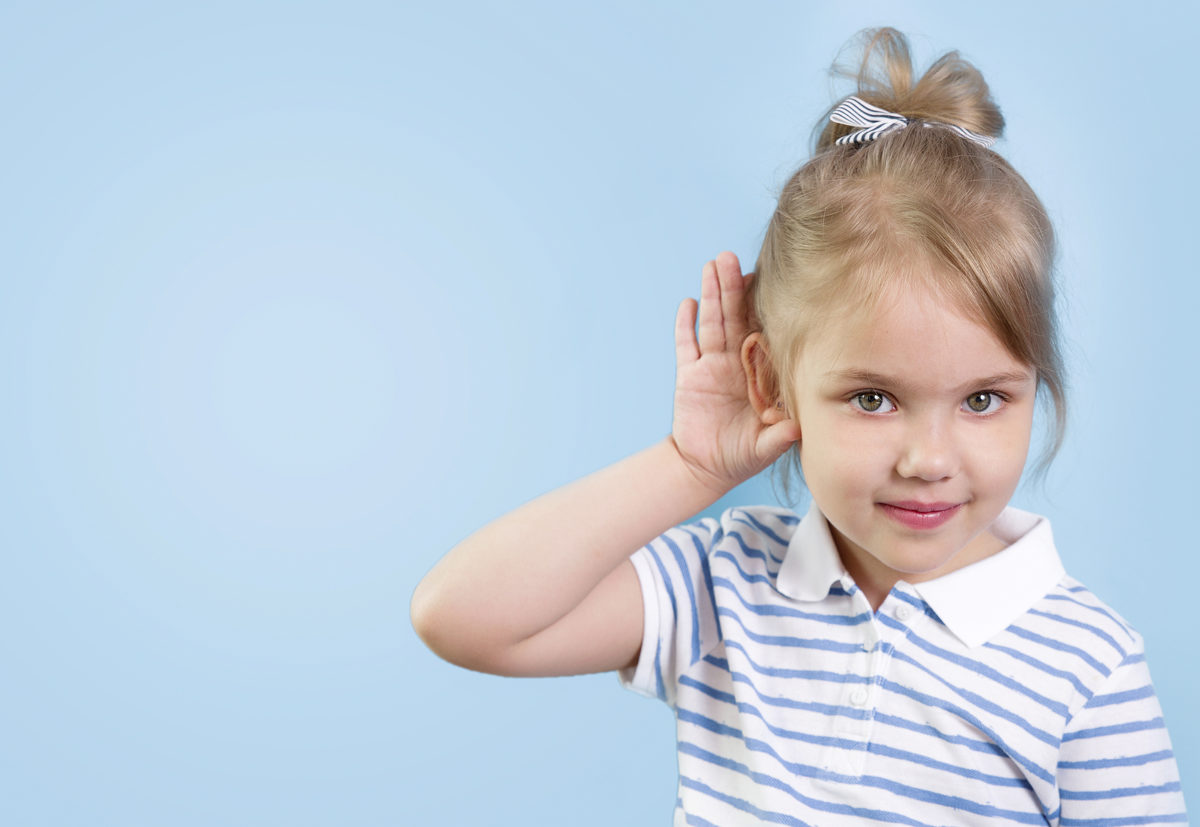
Protecting Your Child’s Hearing at School
Age related and noise related hearing loss are the most common types of hearing loss, however it is important to understand that these are gradual and oftentimes impacted by lifelong lifestyle choices.
With this in mind, it is crucial to begin noise exposure education and reduction at a young age to protect hearing in the long term. Let’s look at some of the common noise exposure issues and other hearing related problems your child may face at school.
School related noise exposure
Bus rides– Being enclosed in a metal bus with many other chatting or even screaming children can be incredibly loud. Talk to your child about “noise that hurts”, before they begin riding a school bus. If they say their bus is noisy or loud, ear buds may be a good option for them during their ride to and from school every day.
Electronics- Schools are using an increasing amount of technology to teach. This might include computers, iPads, or televisions. They may be able to use headphones with these and therefore can choose their own volume however if that is not an option, a room full of computers that have programs with noises can get loud quickly. If this is the case, your child can talk to their teacher about bringing their own headphones to use during this time. Using their own headphones will allow them to choose their own volume while blocking out some of the surrounding noise.
Field trips- Field trips are an exciting day for your child. They can be almost anywhere from outdoor trips to museums. It will be important to think about potential noise exposures on the trip and talk to your child about using ear plugs when the noise gets too loud for them.
Trauma at school
Head and neck injuries can lead to temporary or even permanent hearing loss. Talking to your child about how to protect their head and neck areas when playing at recess or in gym class is just as important as talking about noise exposure.
Sports- Many common sports can lead to head trauma if you are not careful. These sports include but are not limited to football, baseball, and soccer. Make sure your child is aware that when playing these sports to wear the proper helmets and head protection. When playing a sport such as soccer and using your head to hit the ball, there is a right and wrong way. Talk to your child’s coach to ensure that the correct method is being taught and used by the children to avoid injuries.
Bikes, skateboards, and scooters– Does your child ride their bike, skateboard, or scooter to school every day? Talk to them about the importance of helmet safety. They may be influenced by peer pressure when they are with their friends who may or may not being wearing helmets themselves. Helping them to understand why it’s important can assist with compliance. Additionally, it might be helpful to let your child pick out their own helmet at the store, this could encourage them to wear it.
Hearing tests
Taking your child to get a baseline hearing test as a child might be a good idea for you and your child. This is especially true if your child is exposed to a lot of noise at home or school, has had a previous head or neck injury, or if they mention difficulty hearing or understanding at school.
Educate your child
Open communication and education on how ears work and what can hurt them will be vital to your child’s compliance with noise protection at school. Use age appropriate language to explain the importance of the tiny hair cells and how those work to help us hear as well as how various environmental factors can hurt our hearing.
If you are bringing your child to hearing health provider for hearing assessment or test, ask the provider to help explain the hearing process to them. They may have ear models to help your child understand what you are describing as well.
Additionally, if giving your child ear plugs or headphones to use at school, make sure they understand how they work and how to insert them into the ear so that they may work effectively.
